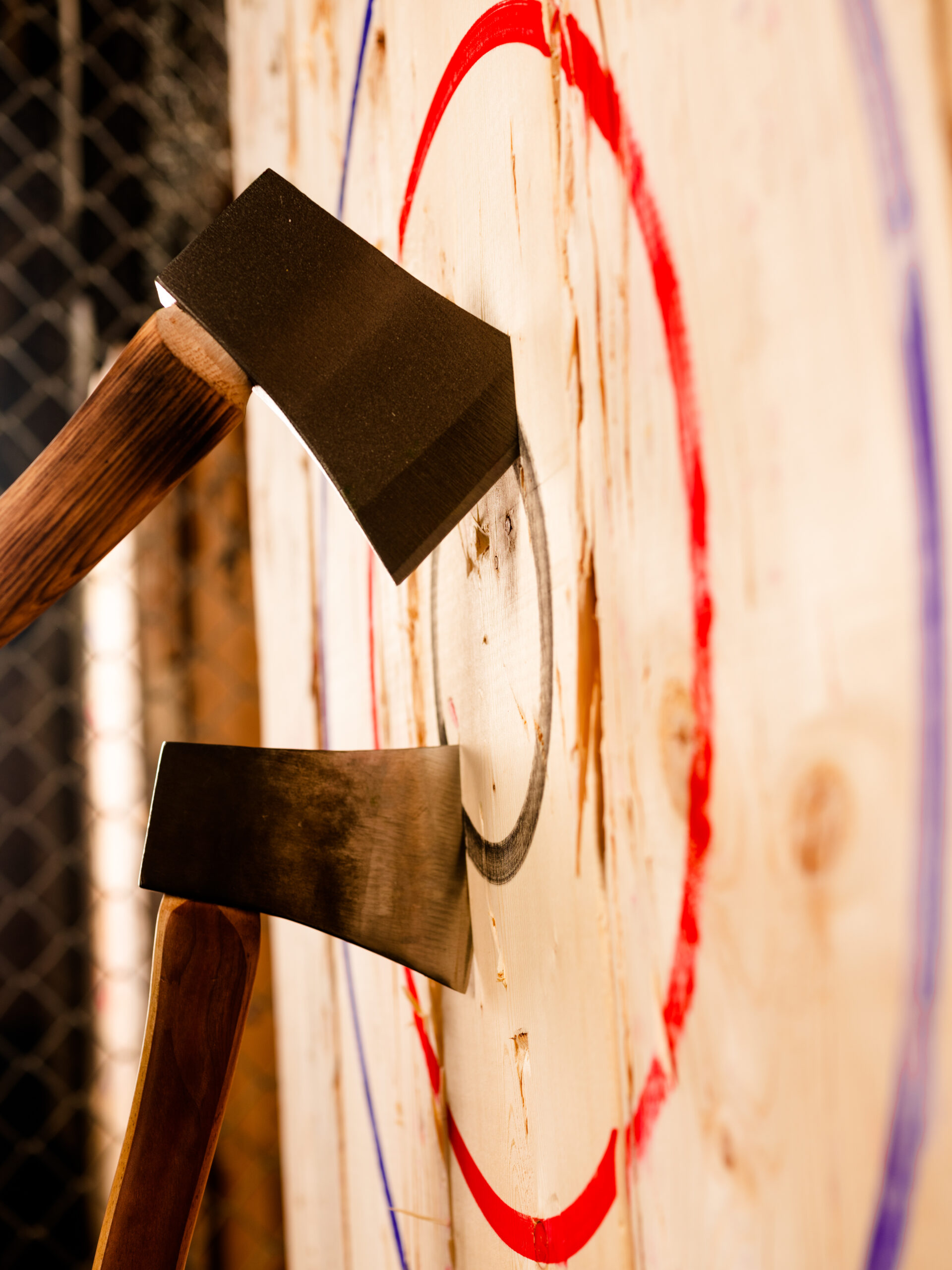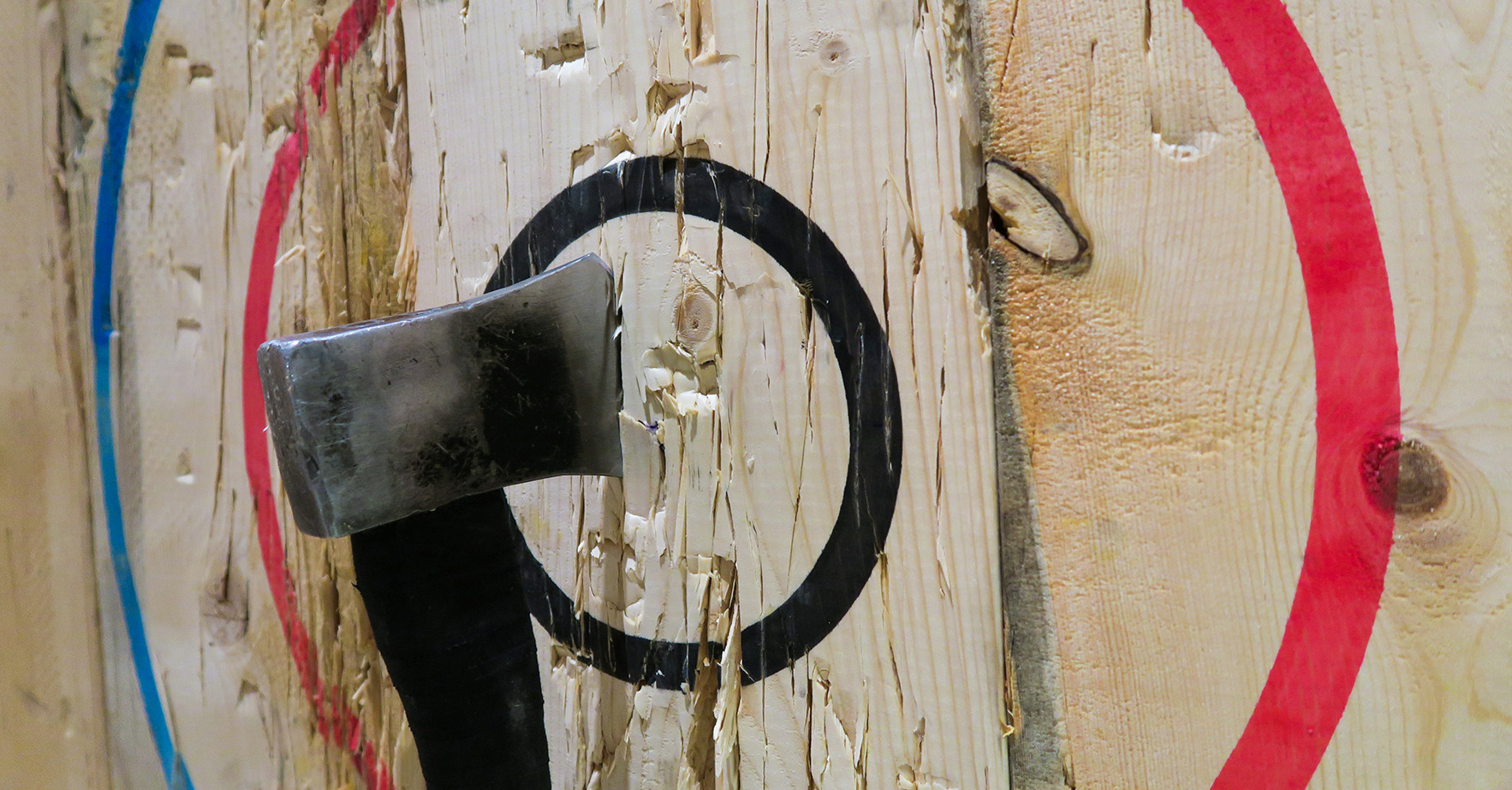Dive into the Axe Throwing Denver Scene: What You Need to Know
The Enjoyable of Axe Throwing: How This Sport Integrates Skill and Adrenaline for a Good Time
Axe throwing has actually emerged as a captivating sport that masterfully intertwines the requirement for exact skill with the rush of adrenaline, offering individuals a appealing and unique experience. The act of hurling an axe in the direction of a target requires focus and strategy, at the same time promoting an environment of sociability and friendly rivalry.
The Beginnings of Axe Throwing
Axe throwing, a leisure task that has actually gained considerable appeal in current years, traces its roots back to ancient times. This primal sport go back to early human history, when axes were largely used as weapons and devices. The earliest documents of axe use in affordable contexts are discovered among the Celts and Vikings, who threw axes for sporting activity as well as in combat training. The technique was not just a pastime however a crucial ability for survival and warfare.
Middle ages European warriors, particularly during the Middle Ages, exercised axe tossing as part of their martial training. The Francisca, a type of tossing axe made use of by the Franks, came to be iconic for its dangerous precision. This traditional tool was developed to be tossed at opponent shields and armor, showcasing its double utility in both sport and battle.
In more current background, axe tossing saw a revival in the logging camps of North America in the 19th and 20th centuries. Lumberjacks would participate in pleasant competitors, examining their precision and stamina by focusing on wooden targets. This advancement from a survival ability to a recreational task has paved the method for its modern-day resurgence, with specialized locations and organizations now commemorating the sport internationally.
Equipment You Need
Understanding the rich history of axe tossing boosts the appreciation of the sport's modern-day version. For recreational and competitive axe throwing, the most typically utilized kind is the hatchet, typically evaluating between 1.25 to 2 extra pounds with a handle size of around 16 inches.
Similarly vital is the target. Policy targets are constructed from wood, with softwood ranges like yearn or cottonwood being favored for their capacity to hold the axe and take in. The target is usually divided into 5 concentric circles, each with a particular point worth, to promote scoring.
Safety and security gear, however frequently ignored, is critical. Safety handwear covers can enhance grasp and prevent blisters, while closed-toed footwear are a should to safeguard feet from dropped axes (axe throwing denver colorado). A well-lit, large tossing location, complete with security barriers, ensures a regulated environment where participants can concentrate on sharpening their abilities.
Standard Techniques Discussed
Mastering the fundamental methods of axe throwing is essential for both safety and effectiveness. The very first technique to recognize is the grasp. Hold the axe with a company, yet loosened up grasp, comparable to holding a golf club. The dominant hand ought to be positioned directly listed below the axe head, while the non-dominant hand sustains completion of the handle.
Your leading foot must be somewhat ahead, straightening with your target. This positioning help in preserving stability and directing power precisely in the direction of the target.

Safety First
Making certain security in axe throwing is paramount to creating a delightful and injury-free experience. A well-designed axe tossing center features clear separations in between tossing lanes, durable backdrops to capture roaming axes, and non-slip flooring to avoid crashes.
Benefits of Axe Throwing
Axe throwing offers a myriad of advantages that prolong beyond basic recreation. Physically, it gives a full-body exercise, involving muscles in the arms, shoulders, back, and core. The repetitive movement of throwing the axe likewise enhances hand-eye sychronisation and fine motor skills. For those seeking to enhance their overall fitness, axe throwing can function as a dynamic and engaging form of exercise.
Mentally, axe throwing requires strategy, focus, and precision, making it an exceptional method to hone cognitive abilities. The focus needed to hit the target can function as a news type of mindfulness, permitting individuals to clear their minds and decrease stress. This psychological engagement can be specifically beneficial in assisting people develop far better problem-solving skills and mental strength.
Socially, axe throwing is frequently appreciated in group setups, cultivating team-building and camaraderie. Whether as component of a business event or a laid-back getaway with close friends, the sport urges communication and cooperation. In addition, the communal experience of discovering and improving with each other can enhance relationships and develop enduring memories.
Verdict

The earliest documents of axe usage in affordable contexts are discovered among the Celts and Vikings, that threw axes for sport as well as in battle training. Launch the axe when your hands are around at eye level, allowing the axe's natural rotation to guide it in the direction of the target.
A well-designed axe tossing center features clear demarcations between tossing lanes, tough backdrops to capture stray axes, and non-slip floor covering to protect against crashes. Participants must be instructed on the appropriate way to take care of and throw the axe, stressing managed, deliberate activities over forceful tosses.
In summary, axe tossing stands out as a sporting activity that masterfully incorporates precision, ability, and adrenaline.